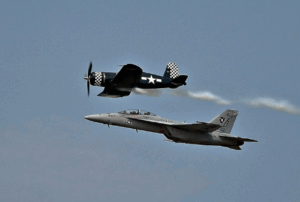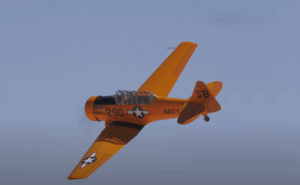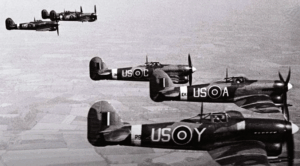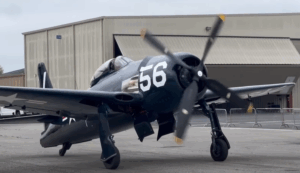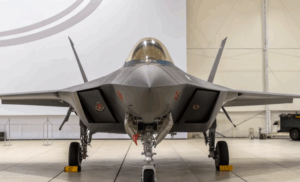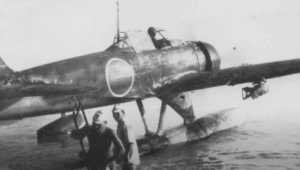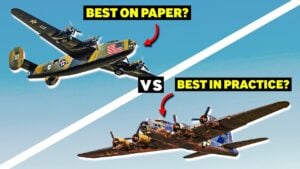This Is The Weirdest Aircraft Of WW2

Wikimedia CC / San Diego Air and Space Museum
Futuristic WWII Plane
The J7W1 Shinden was a groundbreaking prototype fighter aircraft developed by Imperial Japan during WWII. Featuring a distinctive design, it stood out with its unique canard fin configuration, forward-mounted wings, and a rear propeller. The aircraft was powered by a pusher engine, a design not commonly seen in combat aircraft of the time.

Developed between 1942 and 1943 under the leadership of Masayoshi Tsuruno, the J7W1 was conceived with one primary mission in mind: to intercept the American B-29 bombers that were devastating Japan’s defenses. The design sought to achieve high speeds—up to 400 km/h—while maintaining a unique and innovative airframe.

One of the most striking features of the J7W1 was its optimized use of space. The engine and pilot were relocated to the rear of the fuselage, allowing the plane’s armament to be concentrated in the nose, which was a strategic advantage in targeting enemy bombers. Despite its promising design and potential, only one prototype of the J7W1 ever flew before the war ended, and its testing and production were limited.

Though it never saw full-scale production, the J7W1 Shinden remains a fascinating example of Japan’s attempts to push the boundaries of aircraft design during WWII.














